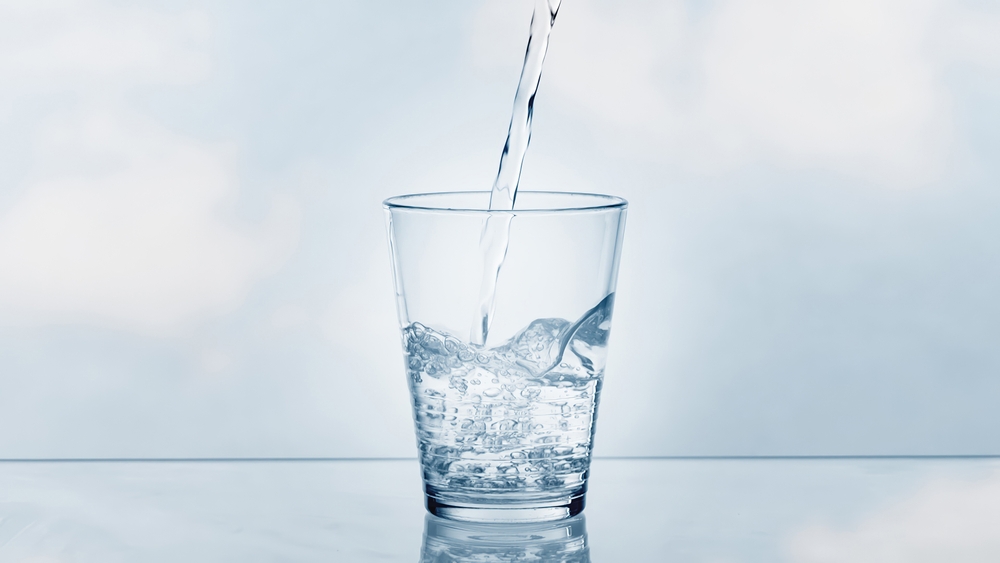An overactive bladder (OAB) is a condition that affects many individuals, causing an uncontrollable urge to urinate, frequent urination, and sometimes even urinary incontinence. While surgery can be an option for those with more severe cases, many people with OAB find effective relief through non-surgical treatments. Understanding these options can help individuals manage their symptoms and improve their quality of life without the need for invasive procedures.
What Is Overactive Bladder?
Overactive bladder is characterized by sudden, frequent urges to urinate, often accompanied by leakage. The condition can be caused by overactive bladder muscles, nerve dysfunction, or a variety of other factors that affect the bladder’s ability to store urine properly. It is common in both men and women and becomes more prevalent with age. While the symptoms can be disruptive, OAB is often manageable without the need for surgical intervention.
Early Symptoms of Overactive Bladder
The first signs of OAB may include:
- Frequent urination, especially at night (nocturia)
- Sudden urges to urinate that are difficult to control
- A weak or interrupted urine stream
- Urinary incontinence (leakage) following a sudden urge
- Difficulty fully emptying the bladder
If you notice any of these symptoms, it is important to consult with a healthcare provider who can help determine the underlying cause and recommend appropriate treatment.
Non-Surgical Treatment Options for Overactive Bladder
1. Bladder Training
Bladder training is one of the most effective and straightforward non-surgical treatments for OAB. This technique involves gradually increasing the time between urinations to train the bladder to hold urine longer. Starting with shorter intervals, such as 30 minutes, and slowly increasing them over time can help the bladder become more accustomed to retaining urine.
In addition to scheduled bathroom visits, bladder training also encourages individuals to resist the urge to urinate immediately when they feel it. This helps to improve bladder control and reduce urgency over time. Consistent practice can lead to fewer instances of urgent, uncontrollable urges.
2. Pelvic Floor Exercises (Kegel Exercises)
Strengthening the pelvic floor muscles is another important non-surgical method for managing OAB. Kegel exercises, which involve contracting and relaxing the muscles that support the bladder, are effective at improving bladder control. These exercises can help prevent leakage by enhancing the ability of the pelvic floor muscles to support the bladder and urethra.
To perform Kegel exercises, simply tighten the pelvic muscles as if trying to stop the flow of urine, hold for a few seconds, and then release. Repeat this process several times a day. Over time, stronger pelvic muscles can improve bladder control and reduce symptoms of OAB.
3. Dietary and Fluid Modifications
What you consume can significantly impact your bladder health. Certain foods and beverages can irritate the bladder, exacerbating the symptoms of OAB. Caffeine, alcohol, spicy foods, artificial sweeteners, and acidic foods like citrus can all trigger bladder irritation, leading to more frequent urges to urinate.
For some people, reducing or eliminating these bladder irritants can help reduce the frequency of symptoms. It’s also important to manage fluid intake. While staying hydrated is crucial, excessive fluid consumption can lead to increased urgency and frequency. It’s important to find a balance that works for your body, drinking enough water throughout the day but avoiding excessive amounts that might overstimulate the bladder.
4. Scheduled Voiding
Scheduled voiding, or timed urination, is a simple technique where individuals urinate at regular intervals throughout the day, even if they do not feel the urge. This helps to prevent the bladder from becoming too full, reducing the likelihood of sudden, uncontrollable urges. By establishing a consistent schedule for urination, individuals can gradually increase the time between bathroom visits and better manage symptoms of OAB.
This method is particularly useful for those who experience nocturia (frequent nighttime urination). By scheduling trips to the bathroom before bed, individuals may reduce the number of nighttime awakenings.
5. Medications
When lifestyle changes and behavioral therapies aren’t enough to manage OAB, medications may be prescribed to help control the symptoms. Certain medications work by blocking the signals from the nerves that stimulate bladder contractions. By relaxing the bladder muscle, the frequency and urgency of urination is reduced.
Other medications may be used to help relax the bladder and improve its storage capacity. While medications can be effective, they may come with side effects. It’s important to work closely with a healthcare provider, such as Modern Urologist, to find the right solutions for your needs and medical history.
When to See a Doctor
If you experience frequent urges to urinate, difficulty controlling your bladder, or discomfort while urinating, it’s important to consult with a healthcare provider. Early intervention can help address OAB before it becomes more difficult to manage. Modern Urologist can assess your symptoms, conduct necessary tests, and recommend appropriate non-surgical treatments to help control your OAB.
State-of-the-Art Care in Manhattan and Queens
Managing an overactive bladder without surgery is possible for many individuals. By exploring non-surgical treatments and working closely with your healthcare provider at Modern Urologist, you can find a solution that fits your lifestyle and improves your quality of life. If you have any questions or would like to schedule a consultation, call 212-991-9991 for our Manhattan or Queens office today.

